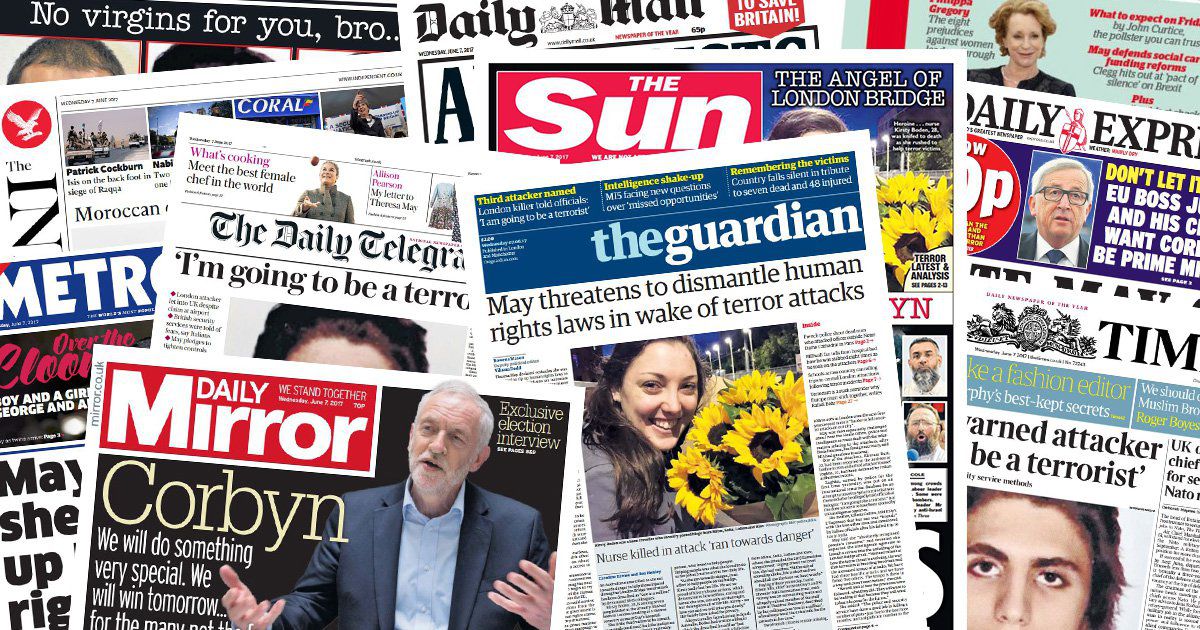“Children are to be seen and not heard”, so goes the idiom. And so goes the Tory party’s strategy towards young voters as well, according to their 2017 election campaign. If the Tories want to know why they so categorically failed to gain their predicted landslide, then the party needs to consider their strategy towards the youth vote. While older Tory voters are pointing to Labour policies like a scrapping of tuition fees for attracting so many young voters, policy alone does not attract young people to the polling stations: if so, more than 39% of young people would have voted in the 2010 election, in which the Liberal Democrats promised to scrap tuition fees. No, youth turnout is far more complicated than policy alone, and it is an insult to young people to suggest so.
Conversely, Labour’s campaign placed 18-24 years old at the heart of their strategy. It revolved around energising such voters. In doing so, Labour utilised a tool that has yet to be fully taken advantage of: social media.
The press, predominantly right wing, led one of the greatest smear campaigns against Jeremy Corbyn in recent political history. But, despite this, last week’s election was the first since 1974 in which The Sun failed to support the winning party. Their 1992 headline ‘It’s The Sun Wot Won It’ famously summaries the mainstream media’s attitude towards election results: that they can not only influence, but win elections – not anymore.
 The papers may have tried to decimate Labour, but young people don’t read papers. The Sun’s inability to “win” the election and Labour’s success despite the smear campaign suggests that the right-wing press’ age of dominance is over. Corbyn may not have the help of millionaires on his side, but what he does have is social media behind him.
The papers may have tried to decimate Labour, but young people don’t read papers. The Sun’s inability to “win” the election and Labour’s success despite the smear campaign suggests that the right-wing press’ age of dominance is over. Corbyn may not have the help of millionaires on his side, but what he does have is social media behind him.
Labour increased their social media followings across Twitter, Facebook an Instagram by 61% in the six weeks after the election was announced. The Tories only increased theirs by 6%. While this comes down partly to more young people using social media who tend to be more Labour-inclined, it also reflects that, in this election, Labour got their social media strategy right. In fact, a Buzzfeed study showed that nearly all online articles being shared were left-wing; the internet is Labour’s playing ground.
Jeremy Corbyn became the first major politician to get Snapchat. His Instagram features videos of stars like Kate Nash and MIA talking about why they are voting Labour. Labour spent in excess of £50,000 in buying the rights for their hashtag “#forthemany”. Labour recognised the dissatisfaction amongst young people following Brexit (in which 71% of young people reportedly voted remain), and capitalised on this wave of momentum, being on our screens at every moment, of every day.
What did the Tories offer young people apart from housing benefits cuts, a rise in tuition fees and slashed education allowances? The party took for granted that youth turnout is typically low: in 2005, the turnout amongst 18-24 year olds was 37%, in 2010 it was 39%. In refusing to in-cooperate issues of young people into their manifesto or campaign, they adopted the attitude that young people are unimportant: they are to be talked down to.
We are Social’s Research and Insight Director Andre van Loor said that “Theresa May and the Conservatives missed a trick over the past six weeks” in regards to their social media campaign. Social media starts a conversation. It creates a two way dialogue between party, and voter. The Conservatives failed to start this dialogue, and paid the price.
If the Tories are going to want to survive in the future, then they are going to have to seriously reconsider their social media approach. Jim Waterson, Buzzfeed’s Political Editor said “I think the Conservatives are going to have a serious media problem as audiences shift online”. Labour’s message of hope and community has been vastly more brandable on social media, and if the Tories want to survive in this online age, they are going to have to rebrand themselves to tackle the scrutiny they have been victim to.
But, just to clarify, it does not just benefit Labour if there’s a higher youth turnout. In 1983, Margret Thatcher had the majority of the youth vote. If there’s a higher youth turnout it benefits Labour, it benefits the Conservatives and it benefits democracy.
It was a risk to place such an emphasis on a demographic that has historically low turnout, but Labour’s campaign shows that when young people are made part of the conversation, they talk back. If you want to win the youth vote, you’ve got to treat them not as young voters, but voters, which the Tories failed to do.
Juliette Rowsell
(Image courtesy of Metro UK)

